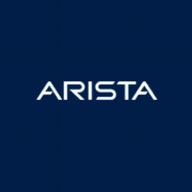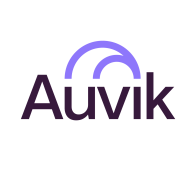

Arista NDR and Auvik Network Management (ANM) cater to distinct network management needs. Arista NDR slightly edges out Auvik ANM in cybersecurity features while ANM stands out in network visualization.
Features: Arista NDR: robust threat detection, response capabilities, strong in cybersecurity. Auvik Network Management: network mapping, performance monitoring, comprehensive network visualization.
Room for Improvement: Arista NDR: improving integration capabilities, enhancing reporting features, better compatibility. Auvik Network Management: better real-time alerting, advanced troubleshooting tools, more immediate issue detection.
Ease of Deployment and Customer Service: Arista NDR: straightforward deployment, effective customer service, responsiveness. Auvik Network Management: ease of deployment, knowledgeable assistance, slightly lesser degree of deployment ease.
Pricing and ROI: Arista NDR: higher pricing, strong ROI due to advanced security features. Auvik Network Management: more competitive pricing, significant ROI with network management capabilities, cost-effective network oversight.
| Product | Market Share (%) |
|---|---|
| Auvik Network Management (ANM) | 1.9% |
| Arista NDR | 7.0% |
| Other | 91.1% |

| Company Size | Count |
|---|---|
| Small Business | 5 |
| Midsize Enterprise | 2 |
| Large Enterprise | 7 |
| Company Size | Count |
|---|---|
| Small Business | 140 |
| Midsize Enterprise | 31 |
| Large Enterprise | 22 |
Arista NDR (formerly Awake Security) is the only advanced network detection and response company that delivers answers, not alerts. By combining artificial intelligence with human expertise, Arista NDR hunts for both insider and external attacker behaviors, while providing autonomous triage and response with full forensics across traditional, IoT, and cloud networks. Arista NDR delivers continuous diagnostics for the entire enterprise threat landscape, processes countless network data points, senses abnormalities or threats, and reacts if necessary—all in a matter of seconds. The Arista NDP platform stands out from traditional security because it is designed to mimic the human brain. It recognizes malicious intent and learns over time, giving defenders greater visibility and insight into what threats exist and how to respond to them.
The Advent of Advanced Network Detection and Response & Why it Matters
Auvik Network Management provides comprehensive network monitoring with competitive pricing, offering advanced features and free management of non-critical devices.
Auvik Network Management is known for its intuitive interface and real-time network visibility. Users benefit from features like automated network discovery, mapping, alerting, and TrafficInsights for cost-effective bandwidth monitoring. Its integration with ConnectWise and ticketing systems enhances device inventory updates, SNMP monitoring, and network troubleshooting. However, improvements are needed in reporting, integration capabilities, network map accuracy, customization, and alert configuration. Users suggest expanding device support and improving navigation and monitoring features.
What are Auvik's most important features?Auvik Network Management is widely used by managed service providers and enterprises for network monitoring across industries. It enables efficient management of firewalls, switches, routers, and ensures connectivity over multiple locations. This solution aids in identifying issues, automating backups, and facilitating remote access, offering critical insights on network traffic and device performance. Companies leverage its features to enhance network management and performance.
We monitor all Network Traffic Analysis (NTA) reviews to prevent fraudulent reviews and keep review quality high. We do not post reviews by company employees or direct competitors. We validate each review for authenticity via cross-reference with LinkedIn, and personal follow-up with the reviewer when necessary.